Life hacks are supposed to make our lives easier, but sometimes the ideas from the past leave us scratching our heads in disbelief. Over the years, countless “genius” tips and tricks have circulated, promising to solve our everyday problems with minimal effort. While some of these hacks were ahead of their time, others have aged like milk—turning into comical relics of an era that misunderstood both science and common sense. From questionable beauty tips to bizarre cooking shortcuts, these vintage hacks still manage to spark amusement today.
In this blog post, we’ll take a trip down memory lane and revisit 10 of the most misguided life hacks from the past that continue to entertain and bewilder. Whether they were products of bad advice, misguided creativity, or just the sheer lack of proper knowledge, these hacks remind us how far we’ve come—and how easy it is to laugh at ourselves. So, get ready to chuckle at the absurdity and perhaps even be grateful for the smarter solutions of the modern age!
Car Radiator Coffee
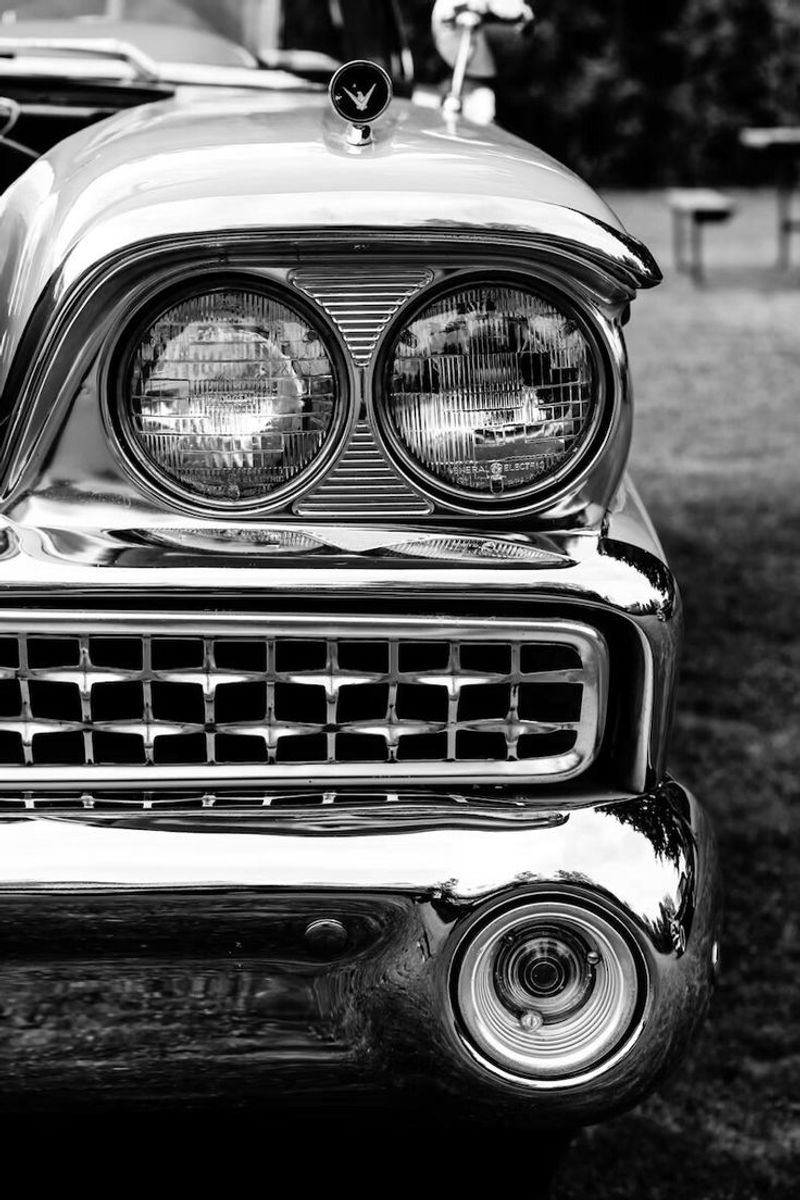
Back in the 1950s, travelers had a unique way to make coffee on the go. Instead of stopping at a cafe, some ingenious souls would brew their coffee using a car radiator. Yes, the heat from the engine was harnessed to percolate coffee, making use of the car’s natural heat source.
While this may have seemed like a clever hack at the time, it also came with some risks. Oil and coolant could easily contaminate the brew, leading to a rather unpleasant taste. Today, we can chuckle at the thought of sipping radiator-flavored coffee.
Potato as a Camera Flash

In the early 1900s, photography enthusiasts tried unconventional methods to improve lighting. One such method involved using a potato as a makeshift camera flash. The potato supposedly helped diffuse light for clearer photos.
While this might sound absurd today, it highlights the creativity of early photographers in finding solutions with limited resources. Of course, the effectiveness of this trick was debatable, and modern lighting solutions have since rendered it obsolete. Nonetheless, the idea of using a potato in photography remains amusing.
Onion as a Wart Remover
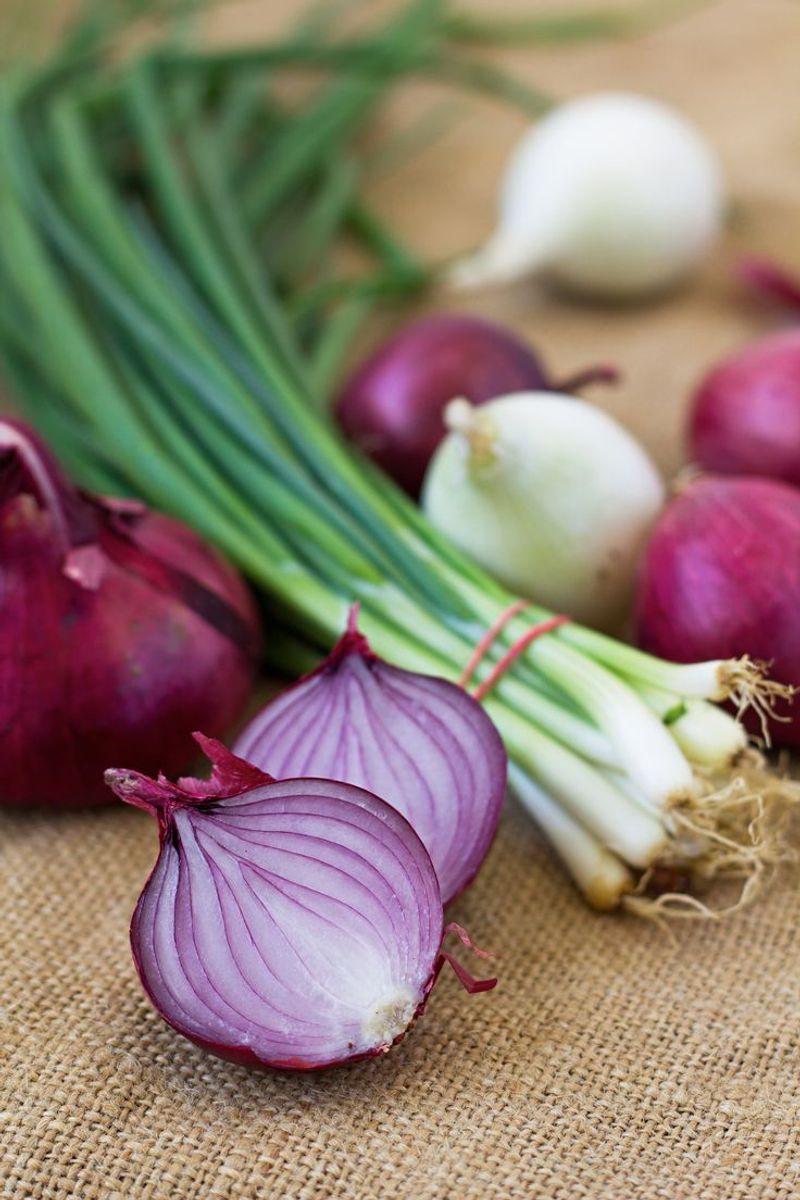
In the 19th century, folks believed that onions held magical properties capable of removing warts. By rubbing a freshly cut onion on the affected area daily, it was thought that warts would disappear.
While onions do have antibacterial properties, their effectiveness as a wart remover is questionable at best. This quirky hack did not stand the test of time, and modern medicine offers more reliable solutions. Still, the idea of using a common kitchen ingredient for such a purpose gives us a good chuckle today.
Vinegar for Toning Muscles
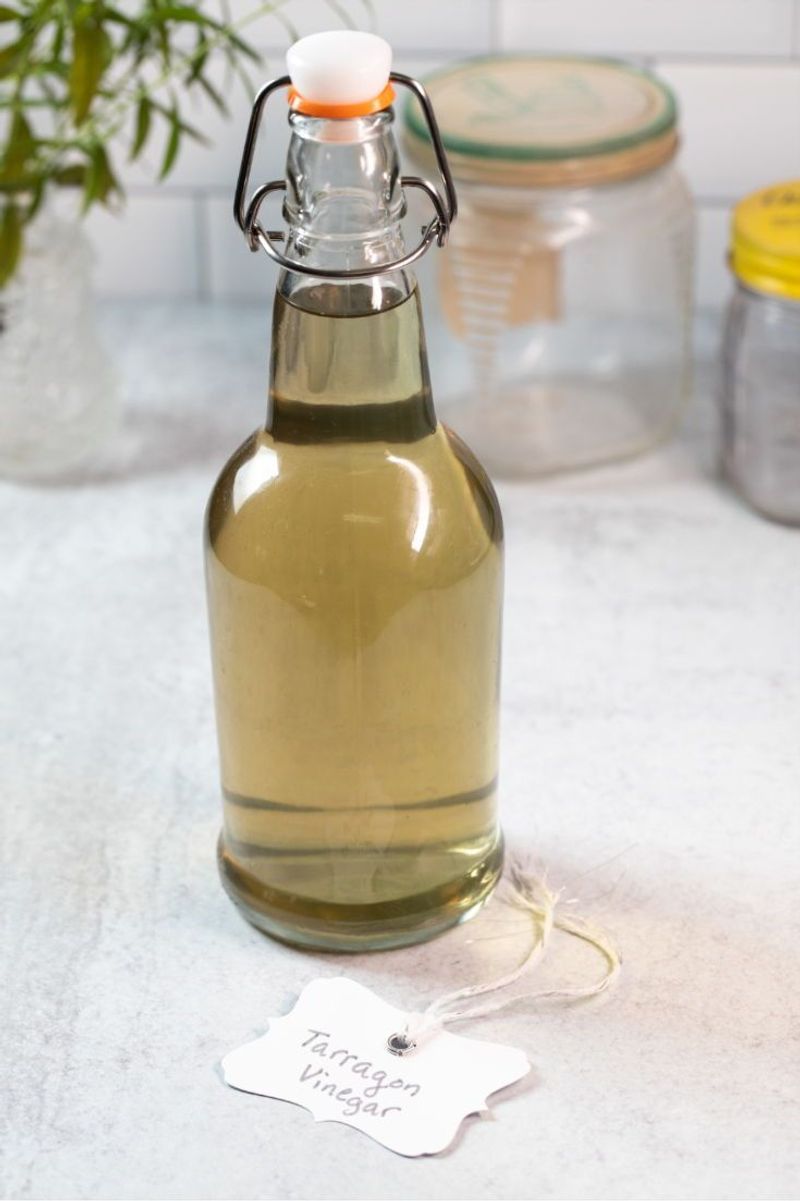
Once upon a time, athletes believed that vinegar could help tone muscles. The practice involved rubbing vinegar on the muscles, supposedly improving their firmness and appearance.
While vinegar has many uses, enhancing muscle tone is not one of them. This hack might have offered a placebo effect at best, but it lacks any scientific backing. Today, we know that regular exercise and a balanced diet are key to muscle health, leaving vinegar to its culinary applications.
Charcoal Teeth Cleaner
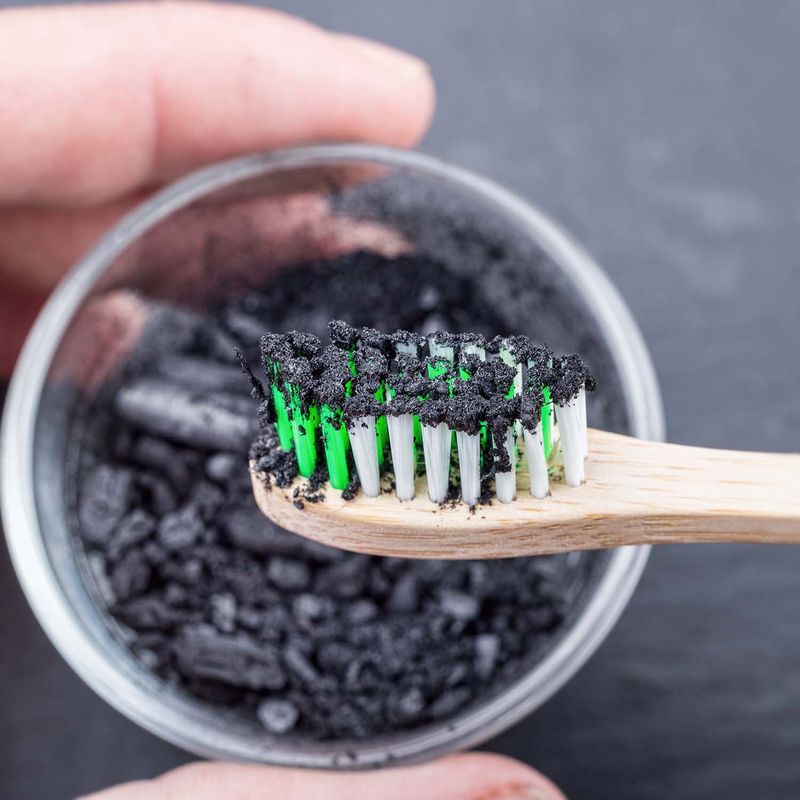
Charcoal has been part of dental care for centuries, and during the Victorian era, it was a popular choice for cleaning teeth. People believed it could whiten teeth and fight bad breath.
While charcoal does have some abrasive properties, it can also damage enamel when used excessively. Today’s dental products are far more effective and safer than this dusty, black powder. The thought of using charcoal on a daily basis to maintain a bright smile now seems amusing and a bit messy.
Cabbage Leaf for Comfort
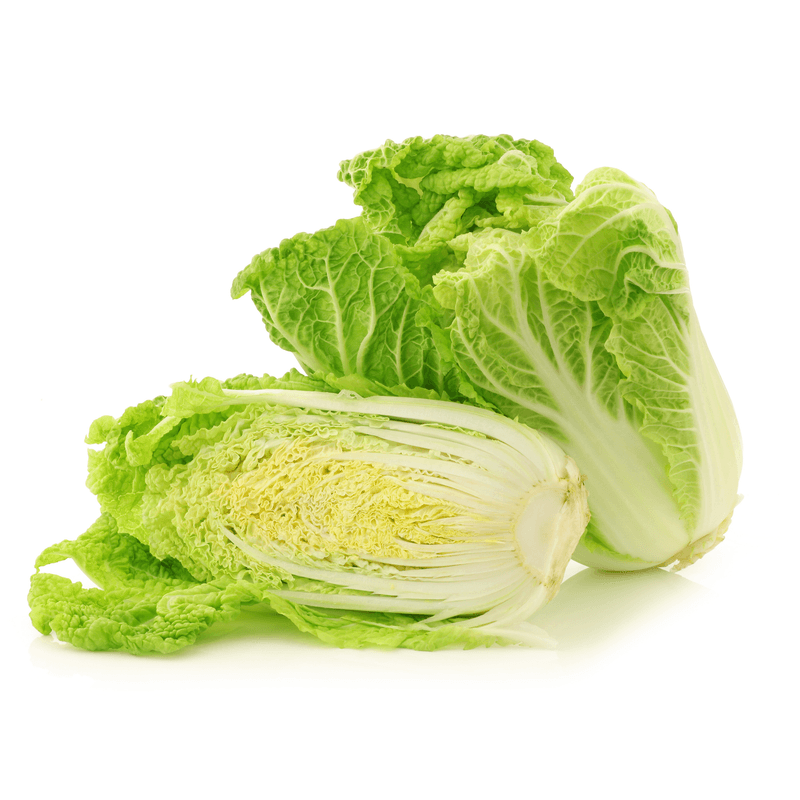
During the 1940s, cabbage leaves were thought to provide comfort for headaches and swelling. People would place chilled cabbage leaves on their heads or joints as a soothing remedy.
Though it might seem strange, this hack was believed to help reduce discomfort. Modern science offers more effective treatments, but the image of someone donning cabbage leaves remains humorous. This quirky method serves as a reminder of the lengths people would go to in search of relief from everyday ailments.
Beet Juice Hair Dye
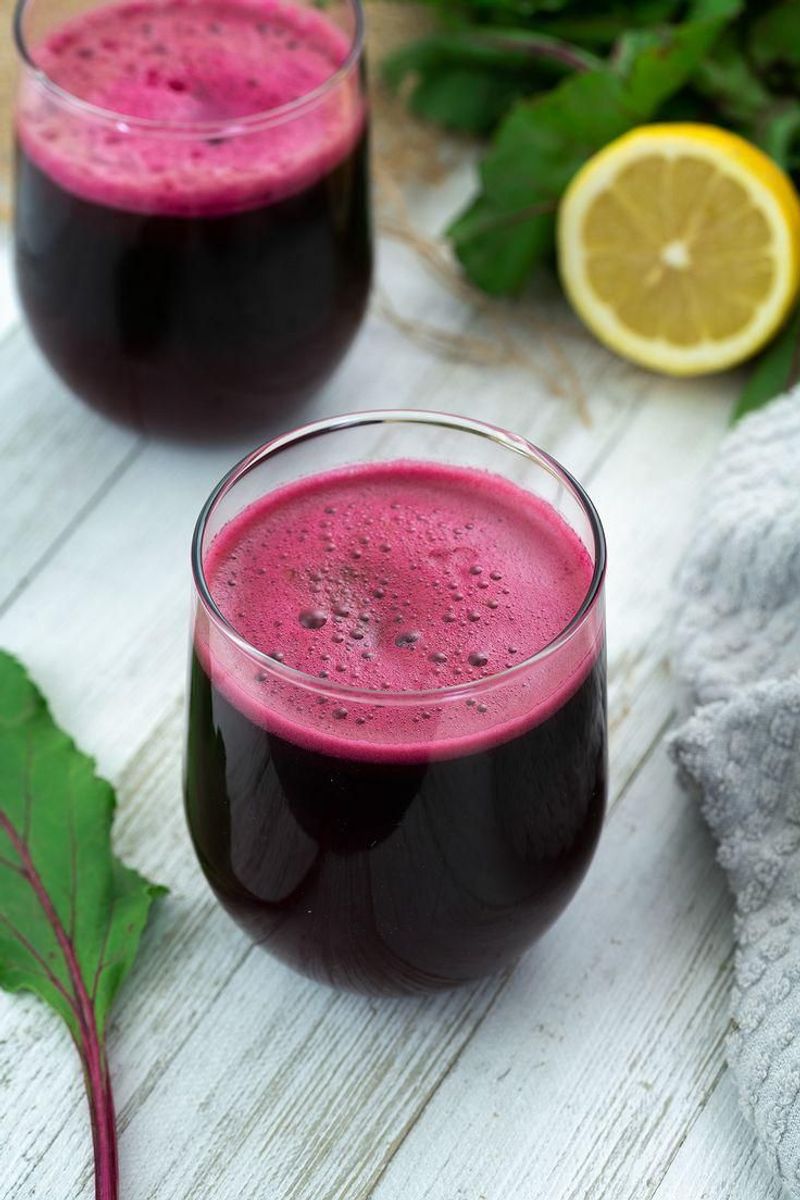
Back in the 1950s, adventurous individuals used beet juice to dye their hair. This natural, albeit temporary, method offered a vibrant red hue, appealing to those looking for a change.
While beet juice can indeed add color, it’s neither long-lasting nor practical for consistent hair dyeing. Today’s hair products offer a wide range of shades with greater permanence. The thought of staining everything in sight with beet juice makes this DIY dye job all the more amusing to remember.
Bread Poultice for Bruises
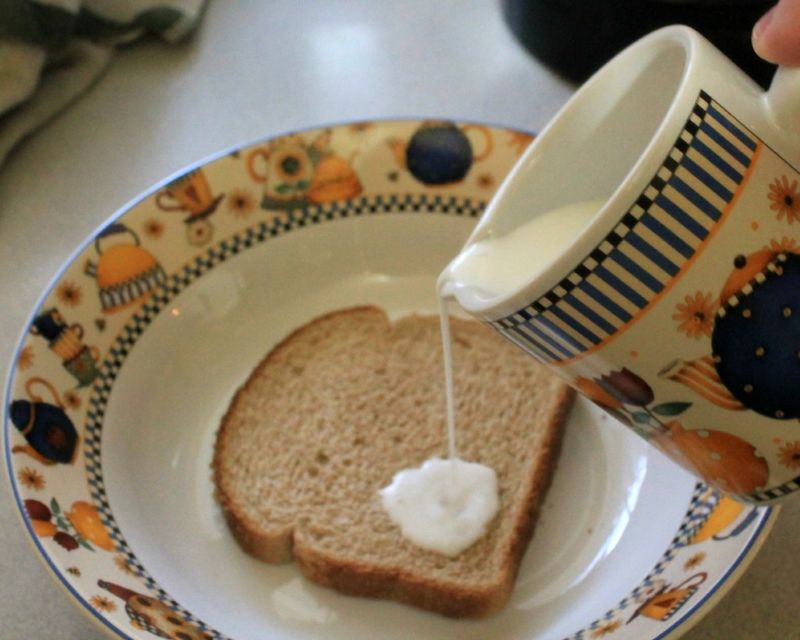
In the 1900s, bread poultices were a common remedy for bruises and various skin ailments. The soft, warm bread was believed to draw out impurities and aid in healing.
While this might have offered some comfort, it was largely ineffective in treating bruises. Modern medicine has since introduced more reliable treatments, leaving behind this culinary cure. Imagining a doctor prescribing bread for bruises brings a light-hearted smile, showcasing the quirky nature of past healing practices.
Egg Whites for Wrinkles
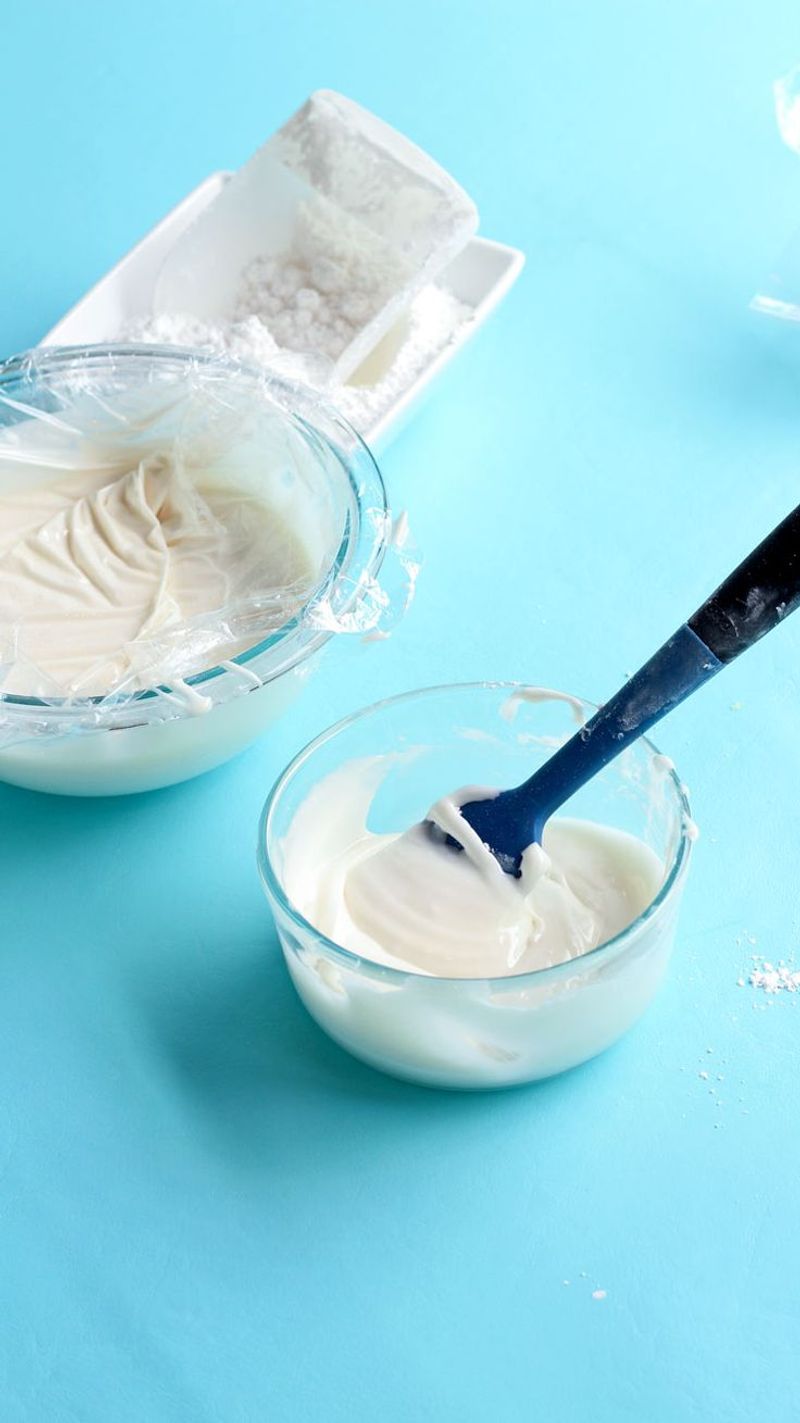
During the Victorian era, egg whites were touted as an anti-aging solution for wrinkles. The idea was to apply egg whites to the skin, creating a temporary tightening effect.
While this hack offered a short-lived illusion of smoother skin, it didn’t provide lasting results. Modern skincare products have far surpassed this simple kitchen trick. The thought of an egg-based beauty regimen can still bring a smile, as it reflects the timeless quest for youthful skin.
Butter as a Hair Conditioner
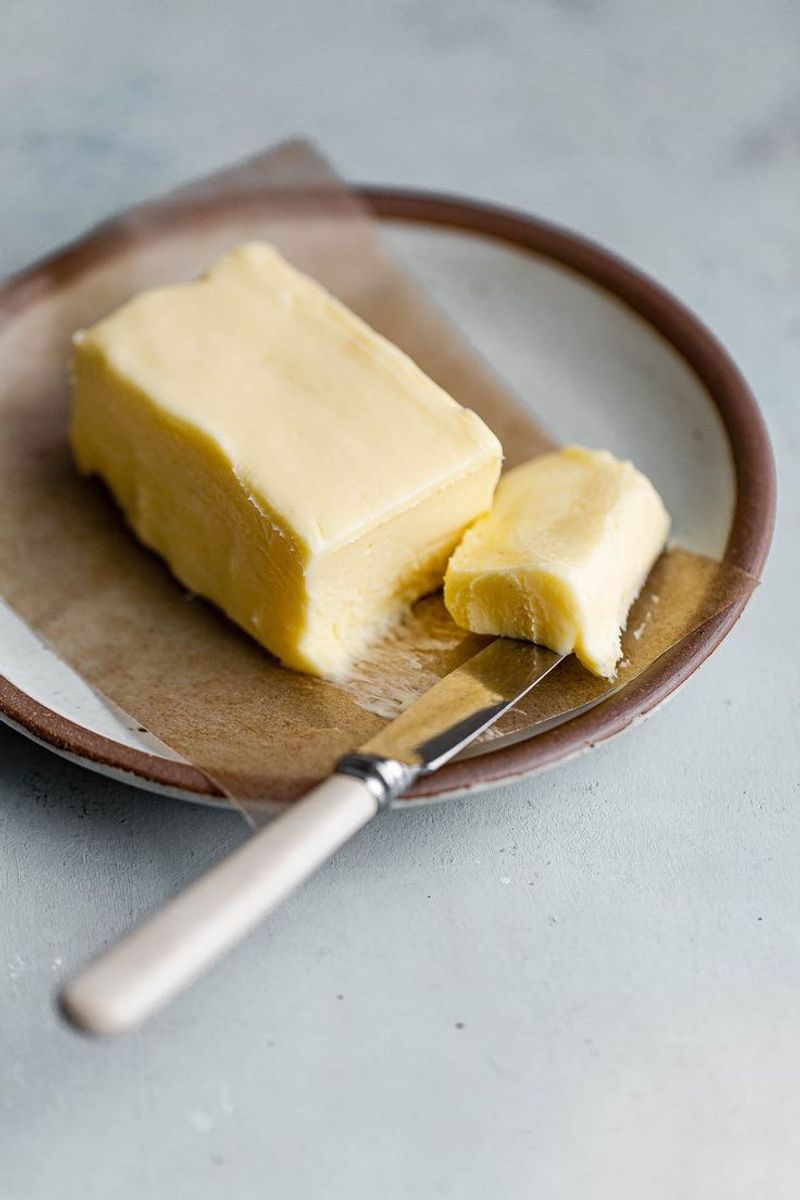
In the 1950s, butter was used as a makeshift hair conditioner, promising shiny and moisturized locks. People believed that butter’s richness could nourish the hair deeply.
While butter does contain fats that could potentially moisturize, it’s not the most practical or pleasant-smelling solution. Today, specialized hair products offer more effective and fragrant options. The notion of slathering butter on one’s hair remains a humorous reminder of the lengths people would go for beauty.
